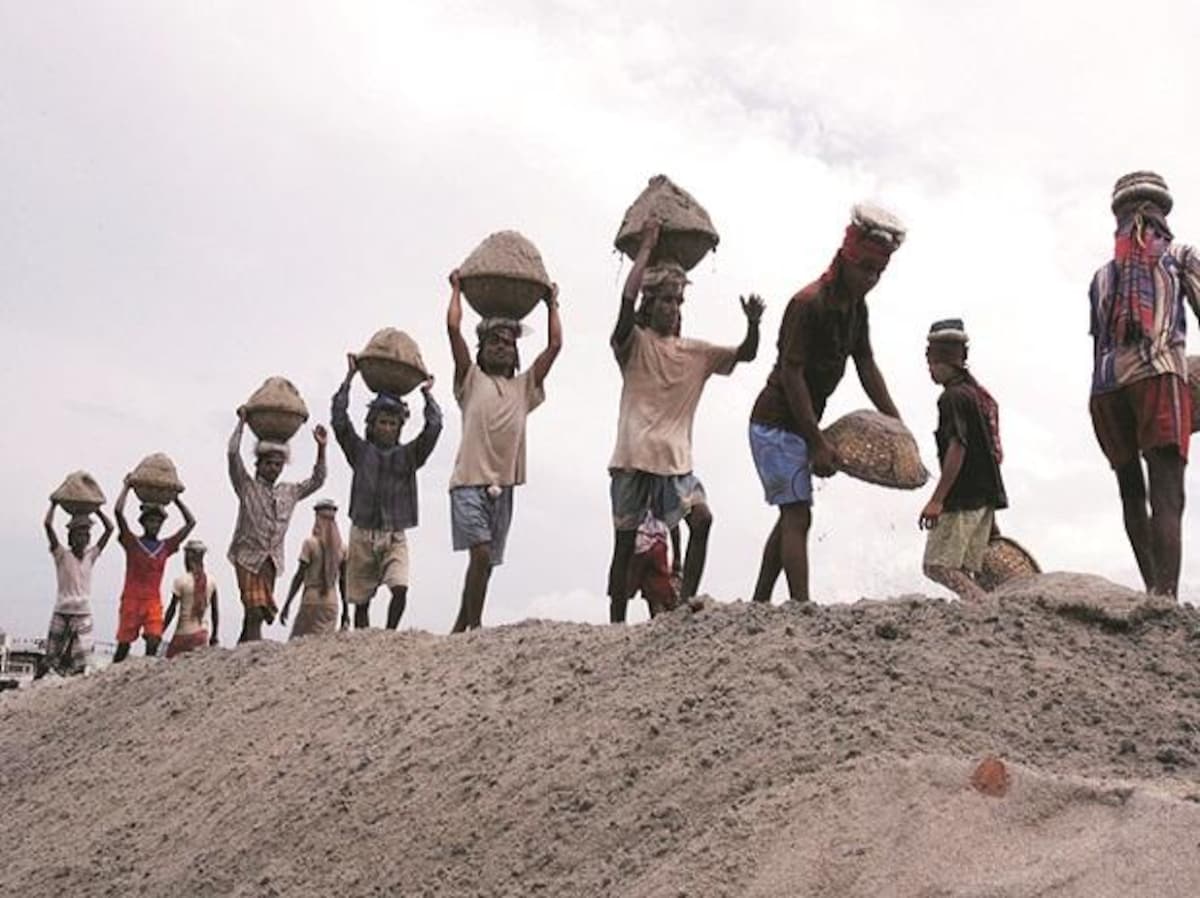India has lost 259 billion working hours due to climate change, new study finds
India lost an estimated 259 billion working hours per year between 2001 and 2020 due to damp heat impacts, according to a recent to study published by researchers at Duke University. The loss of these productive hours costs India $624 billion (Rs 46 lakh crore), equivalent to almost 7% of the country’s gross domestic product (GDP) in 2017.
The study used the term “damp heat” to refer to conditions that are either hot and dry or hot and humid enough to cause a drop in labor productivity.
According to the research, globally, damp heat can currently be associated with more than 650 billion lost work hours annually (148 million full-time equivalent jobs lost), 400 billion more hours than previous estimates. The study said, “These differences in estimates of labor losses are comparable to losses caused by the COVID-19 pandemic.”
Between 2001 and 2020, exposure to high damp heat is associated with an estimated 677 billion lost working hours per year, with 72% of the world’s working-age population (~4 billion people) living in places where background weather conditions would cause heavy labor losses of at least 100 hours per person per year.
Previous estimates indicated that the loss of the workforce due to exposure to damp heat was around 248 billion hours per year, 40% of the world’s working-age population (around 2.2 billion people) living in places with high labor losses, more than 100 hours per person per year. .
Globally, heat-induced annual labor productivity losses are estimated at $2.1 trillion PPP (purchasing power parity) in 2017, and in several countries they amount to more than 10% of the gross domestic product. “Over the past four decades, global heat-related labor losses have increased by at least 9% (>60 billion hours per year using the new empirical model), highlighting that changes Relatively low climatic conditions (
Labor losses weighted by the working-age population engaged in outside work are highest in South, East and Southeast Asia, where large numbers of people in working age work in agriculture. Specifically, labor losses are most pronounced in India, accounting for almost half of the total global losses and suffering more than four times the labor losses of the second worst affected country China. .
The loss of labor per capita of the working-age population translates into a job-equivalent loss of 155 million jobs worldwide per year, with India accounting for almost half of this loss ( equivalent to approximately 62 million lost jobs). The study pointed out that these annual losses are comparable to temporary job losses during the global COVID-19 shutdowns, which would have caused lost work hours equivalent to approximately 130 million full-time jobs during the first quarter of the pandemic.
“The impacts of high humid heat we report here exceed or are comparable to those caused by other pressing environmental health issues, such as air pollution, which in 2016 caused 1.2 billion days of lost work or lack of clean water and sanitation, which was projected to cause around 22 billion lost working days in 2015,” the study says.
These labor losses translate into high economic costs. Impacts also vary greatly from country to country, with China and India again suffering huge losses, and Indonesia and the United States registering losses of more than 90 billion PPP dollars per year. . India suffers annual productivity losses from high and humid heat equivalent to almost 7% of its 2017 GDP.
In conclusion, the researchers said the magnitude and distribution of damp heat impacts on lost labor indicate significant risks to the resilience and well-being of outdoor workers and families who depend on these workers for their livelihood. “The ability of workers to earn income in safe work environments is important for addressing global poverty, household climate resilience and national economic development,” he said.


Comments are closed.